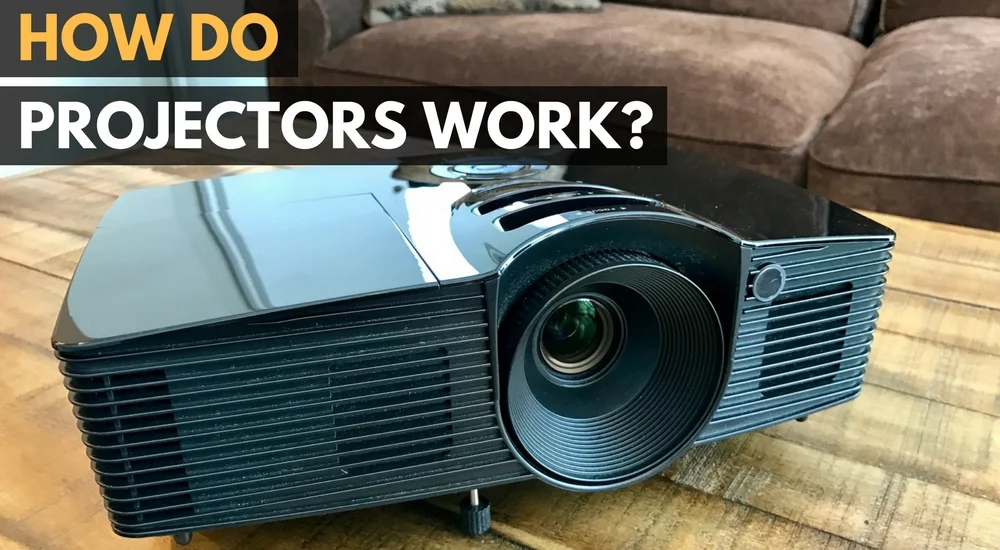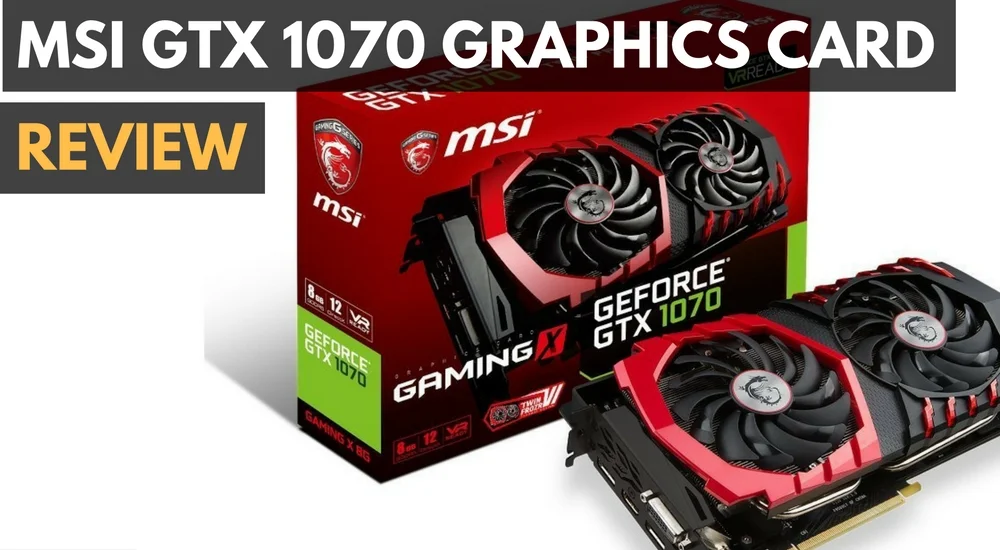From raw numbers alone, the GeForce RTX 2060 takes the trophy, as you'd expect given the pricing. Beyond being right in line with the price-to-performance ratio of the GTX 1660 Ti, it includes those two additional sets of cores that may come in handy in the future, if not today.
Now, bear in mind the pricing in the charts above for the two MSI cards we tested. Realize that it puts these two card families closer than they might seem. Base models of the GeForce GTX 1660 Ti come in at $279 ($30 less than the GTX 1660 Ti card we tested), while base models of the GeForce RTX 2060 start at $349. By that notion, there's a $70 gap between the families rather than the $50 one between our test cards. Each of these MSI cards will give you a boost over a base-clocked card, but know that there's actually more daylight between the GTX 1660 Ti and the RTX 2060 lines than may first seem, if you opt for a lesser sample of either one.



















